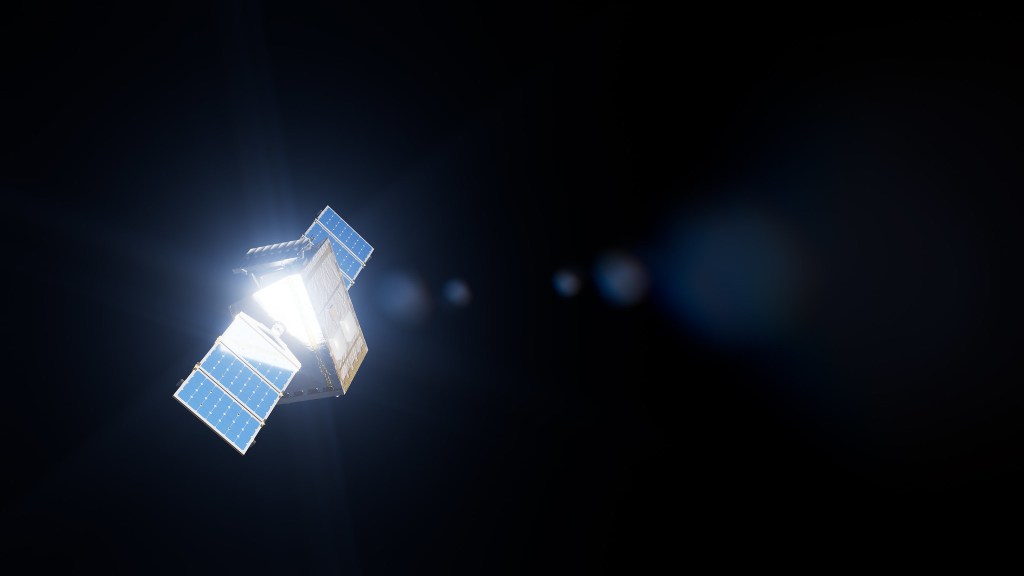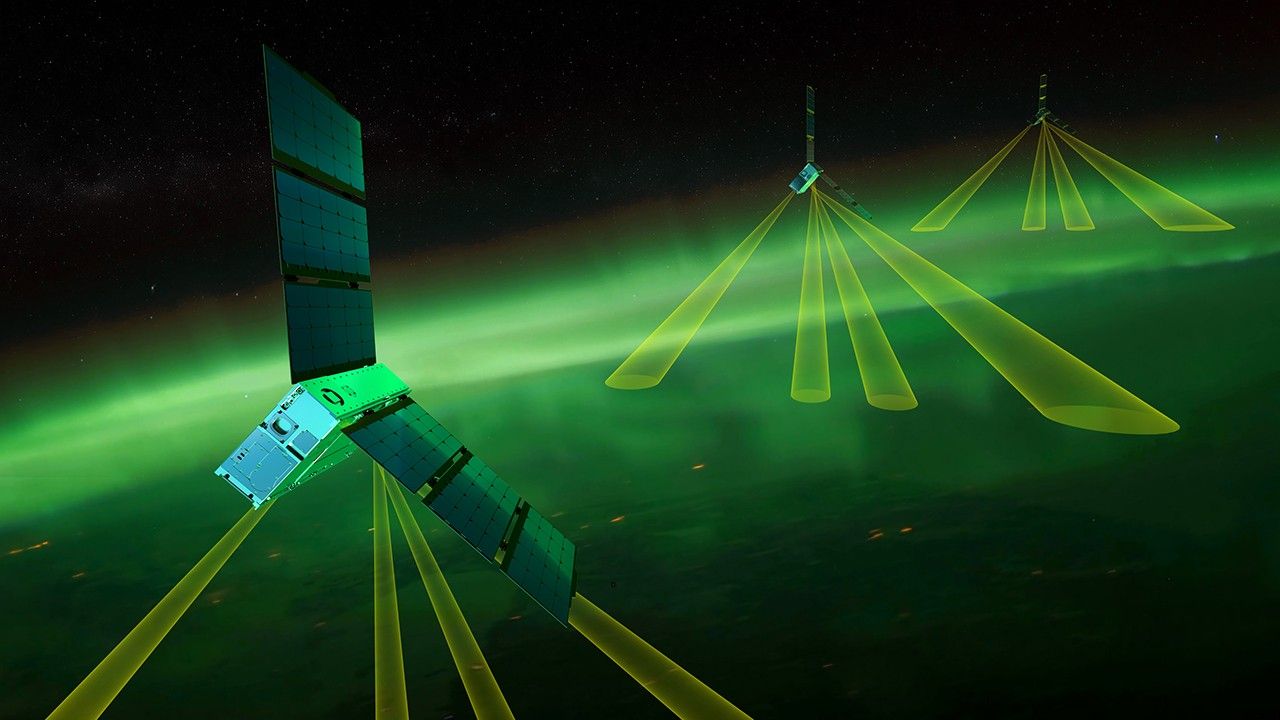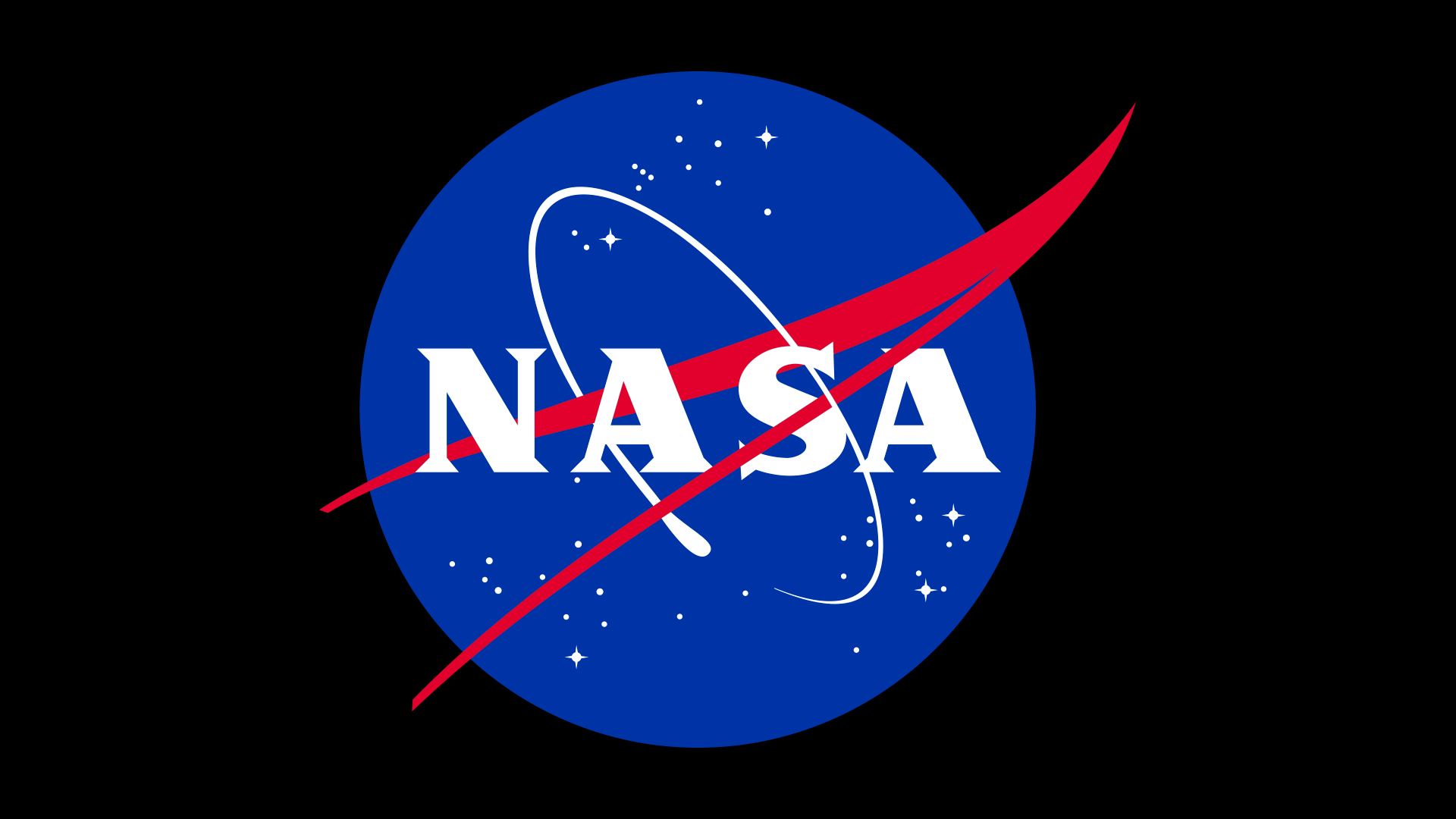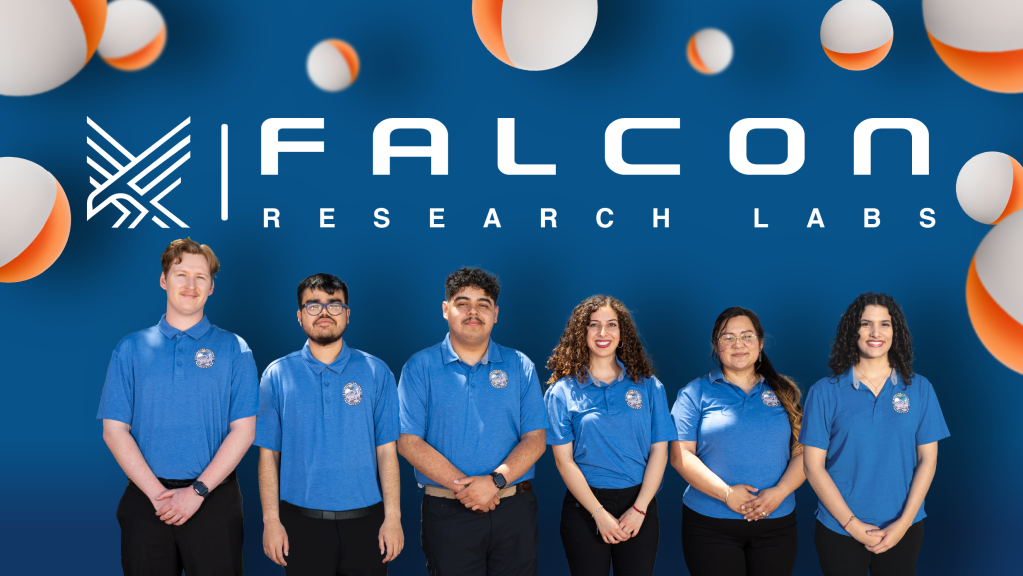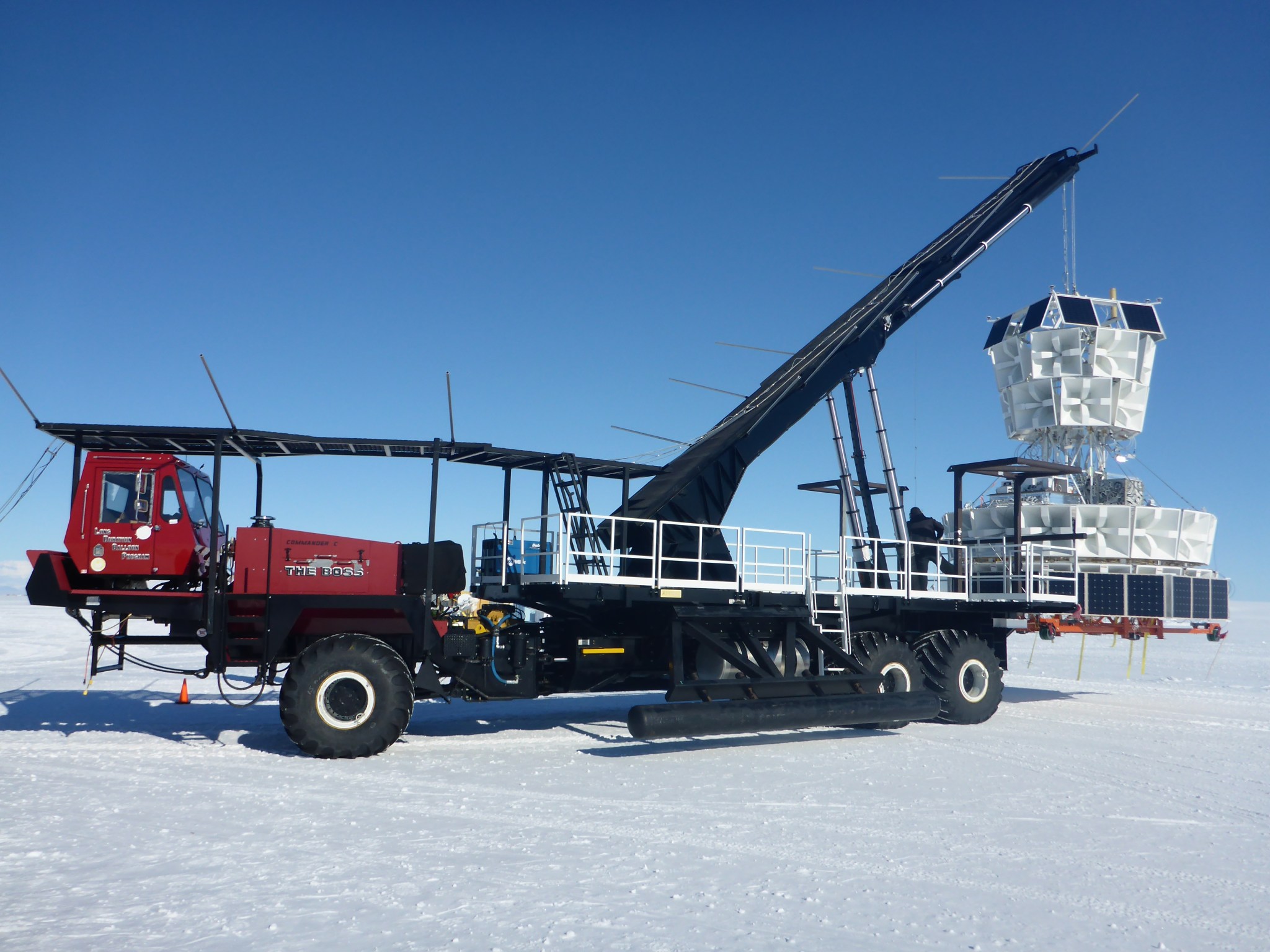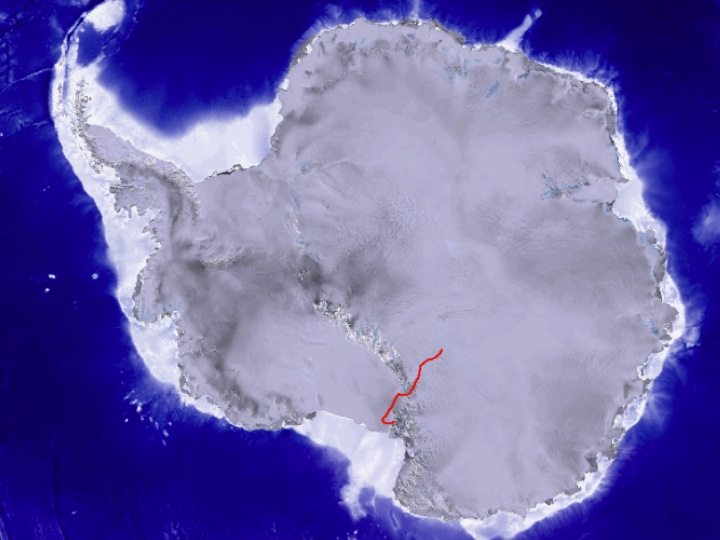NASA’s 2014-2015 Antarctic Scientific Balloon Campaign took to the skies Wednesday, Dec. 17, with the successful launch of the Antarctic Impulsive Transient Antenna (ANITA-III) from the Long Duration Balloon (LDB) facility outside of McMurdo Station, Antarctica.
The NASA zero-pressure balloon lifted the 4,601-pound ANITA-III payload to an operational float altitude of 123,000 feet, or more than 23 miles above the Earth’s surface.
“This was an excellent launch in light wind conditions,” said Hugo Franco, campaign manager from NASA’s Columbia Scientific Balloon Facility. “The balloon performed normally during ascent, and entry into float. Science reports all systems are working properly and have begun calibrations via LOS [line of sight].”
Poor weather conditions scrubbed earlier launch attempts. Now that ANITA-III is airborne, scientists will use its instruments to detect the ultra-high energy cosmogenic neutrino flux, which originates as a result of the integrated ultra-high energy cosmic ray interactions throughout the universe.
“I’m very proud of the crew on-ice for this launch,” said Debbie Fairbrother, Chief, NASA’s Balloon Program Office. “ANITA-III is a very large payload, and the team made the launch operations look easy!”
Dr. Peter Gorham, University of Hawaii at Manoa, is the principal investigator for ANITA-III. A much smaller balloon was launched several hours later as a mission of opportunity with the ANITA High Altitude Calibration (ANITA HiCAL) payload. Dr. David Besson, University of Kansas, is the principal investigator for ANITA HiCAL.
The Compton Spectrometer and Imager (COSI) payload. COSI, a gamma-ray telescope designed to study astrophysical sources of nuclear line emission with high spectral and spatial resolution, is flight ready and the next large payload to be launched from Antarctica. Dr. Steven Boggs, University of California, Berkeley, is the principal investigator.
COSI will fly on an 18.8 million-cubic-foot NASA Super Pressure Balloon (SBP), the largest flight of a SPB from Antarctica. Most scientific balloons experience altitude variances based on temperature changes of the balloon lifting gas between day and night. Super Pressure Balloons are the latest in balloon technology, enabling ultra-long duration missions on the order of 100 days or more at constant float altitudes due to the pressurization of the balloon.
“Super pressure balloons are going to be a real game-changer for conducting scientific investigations in the near-space environment,” said Fairbrother.
The third flight planned for the 2014-2015 Antarctic Campaign is the Suborbital Polarimeter for Inflation Dust and the Epoch of Reionization (SPIDER). SPIDER is a balloon-borne sub-millimeter polarimeter using large format arrays of cryogenic bolometric detectors to produce high-fidelity images of the southern sky. Dr. William Jones, Princeton University, is the principal investigator. The SPIDER team is finishing preparations to become flight ready.
NASA’s Wallops Flight Facility manages the agency’s scientific Balloon Program with 10 to 15 flights each year from launch sites worldwide. The balloons are massive in volume; the average-sized balloon could hold the volume of nearly 200 blimps. Previous work on balloons have contributed to confirming the Big Bang Theory. In addition, balloons have been used to test new technologies, such as the Low-Density Supersonic Decelerator, which will enable NASA to land larger, heavier payloads on Mars.
For more information on NASA’s Scientific Balloon Program, see:
http://sites.wff.nasa.gov/code820/index.html
To track the balloon flight real time, see http://www.csbf.nasa.gov/map/balloon7/flight657n.htm.












